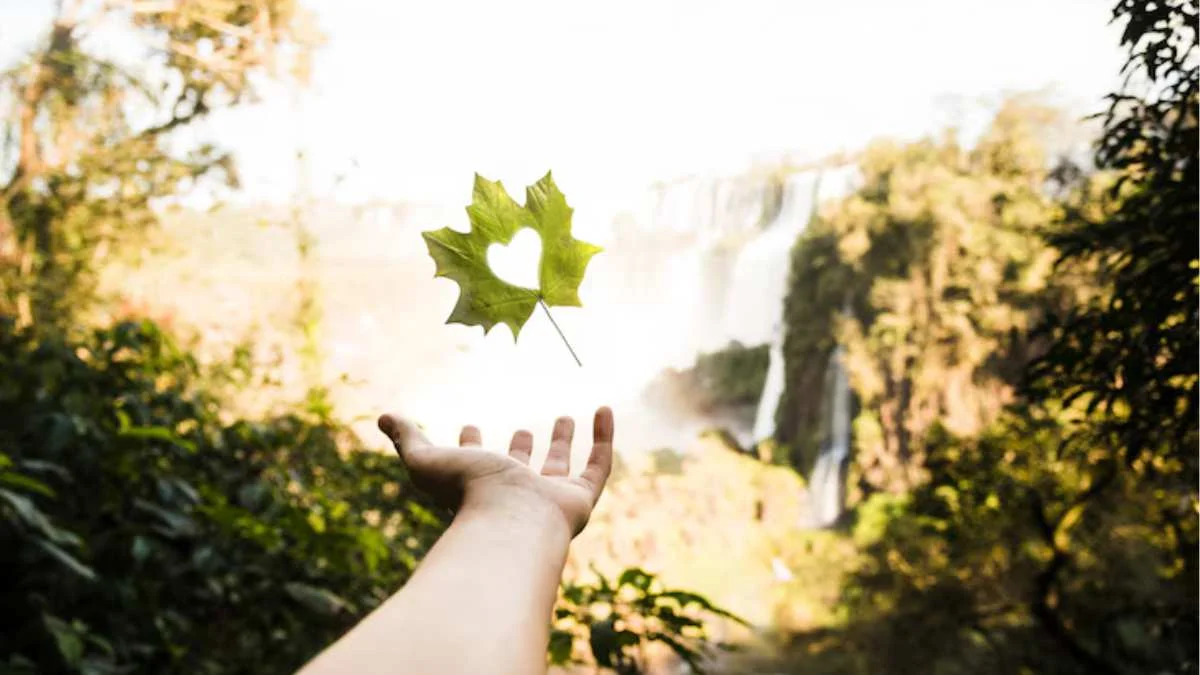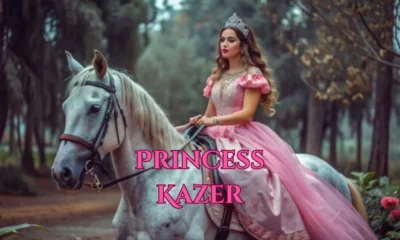GENERAL
The Role of Nature in Healing: Why the Environment Matters in Recovery

Introduction
Somewhere quiet. Somewhere still. Somewhere far enough away from the noise of the everyday that you can hear your own breath again. That’s what people crave when they finally decide it’s time to change. Not just a break from substances—but a break from everything that makes healing harder.
In recovery, space isn’t a luxury. It’s a necessity.
Nature offers that space without asking anything in return. The stillness of a tree line, the rhythm of crashing waves, the wind whispering across dry hills—these things don’t solve addiction. But they soften it. They create a backdrop for transformation that a sterile room or a chaotic cityscape rarely can.
Nature’s Healing Influence
This is more than aesthetic. It’s biological, psychological, and deeply personal. The natural world supports recovery in ways most people don’t consider—until they experience it.
For those entering addiction treatment, the environment surrounding them becomes part of the treatment itself. It holds them in moments of doubt. It encourages stillness when the mind wants to run. It reminds them they are not separate from the world, but a part of it.
People heal differently when the sky is above them and not just a ceiling.
Sunlight and Circadian Balance
It begins with light.
Natural sunlight helps regulate sleep cycles and improve mood. It boosts vitamin D levels. It tells the body, You are alive, and the day has begun. In early recovery, when sleep is disrupted and emotions are unpredictable, this natural rhythm can be the difference between a spiraling day and a grounded one.
The Power of Breath and Clean Air
Then there is air.
Clean, fresh air carries more than oxygen. It carries the invitation to breathe deeply, to expand the lungs, to release what’s been held inside. Breathing becomes a form of clarity. In contrast to the shallow breath of stress or withdrawal, deep breathing outdoors is a quiet, effective tool for nervous system regulation.
Movement in Nature
Even walking feels different when it’s not just between rooms. A dirt trail underfoot. Leaves crunching. Birds’ overhead. The act of walking in nature becomes meditation in motion. The body finds its pace. The mind follows.
Recovery doesn’t always require four walls. In fact, those walls, though necessary for safety, sometimes feel like barriers. Nature offers boundaries without feeling confined. You can walk and not escape. You can be alone and not be isolated.
Nature as a Silent Participant in Recovery
Summit Estate, like many forward-thinking centers, recognizes this. The surrounding environment isn’t just a setting, it’s a participant. One that doesn’t speak, but listens. One that doesn’t prescribe but provides.
The natural world has no judgment. It doesn’t ask what mistakes you’ve made or how many relapses you’ve had. It doesn’t track your progress or weight your worth. It simply is—unchanged by your presence, and yet fully present with you.
And in that neutrality, healing finds room to breathe.
Cycles of Nature and Recovery
The beauty of nature is its rhythm. The way everything has a cycle. Sun and moon. Bloom and fall. Tide in, tide out. It mirrors the truth that recovery isn’t linear. That progress doesn’t always mean forward. That some days are quiet, others turbulent—and all are part of the path.
For someone going through detox, these natural metaphors offer grounding. The storm of withdrawal—physical and emotional—feels less overwhelming when the wind outside reminds you that storms pass. That the body will settle. That discomfort isn’t endless.
No one expects the trees to grow overnight. Why do we expect ourselves to?
The Power of Presence
This environment also encourages presence. In the city, attention is pulled—alerts, screens, sirens, crowds. In nature, attention softens. It stretches outward, then inward. It becomes curious. You notice your own thoughts, not in a racing spiral, but in gentle observation. The sound of water. The shape of clouds. The feel of sunlight on your skin.
These are small things. But in recovery, small things are everything.
Relearning Through Natural Environments
When someone chooses to rehab, they’re not just choosing to stop using it. They’re choosing to re-learn how to be human. To eat with intention. To sit with discomfort. To laugh without guilt. To cry without shame. Every element of life becomes new, especially the relationship to the environment.
Being outside supports this re-learning in quiet, consistent ways. It doesn’t overwhelm the senses. It opens them.
Creating Contrast and Clarity
And it creates contrast.
So many who struggle with addiction live in environments filled with stress—both internal and external. Triggers live in bedrooms, workplaces, street corners. Changing that scenery can be like changing the lens of a camera. What once looked blurred or hopeless becomes clearer.
This is not to say that location alone heals. Recovery requires structure, support, honesty, and effort. But where that work happens matters. And when it happens in a setting that feels alive, that doesn’t just house people but restores them—it’s more likely to stick.
Reconnection with Self and the World
Reconnection is a major part of healing. Reconnection with others, with self, and yes—with the world around you. Being in nature offers a chance to feel small in a comforting way. To recognize that the world is bigger than the pain. That even in personal crisis, beauty continues.
When someone stands beneath towering trees or listens to rain against a window or watches fog lift from a hill—they are reminded that life goes on. And that they can too.
Conclusion: Nature as a Healing Partner
Recovery is not sterile. It’s raw. It’s emotional. It’s sensory. That’s why the environment must match the process—not distract from it.
When people say they “felt like themselves again” in recovery, it’s often in moments when the noise has quietened and nature has stepped in. When the environment isn’t just a backdrop, but a teacher. When the sun rises, not just outside the window—but inside the mind.
Healing, after all, is not just something that happens in the body. It happens in moments. In space. In stillness. In nature.
-

 BIOGRAPHY7 months ago
BIOGRAPHY7 months agoBehind the Scenes with Sandra Orlow: An Exclusive Interview
-

 HOME1 year ago
HOME1 year agoDiscovering Insights: A Deep Dive into the //vital-mag.net blog
-

 HOME1 year ago
HOME1 year agoSifangds in Action: Real-Life Applications and Success Stories
-

 BIOGRAPHY1 year ago
BIOGRAPHY1 year agoThe Woman Behind the Comedian: Meet Andrew Santino Wife




























